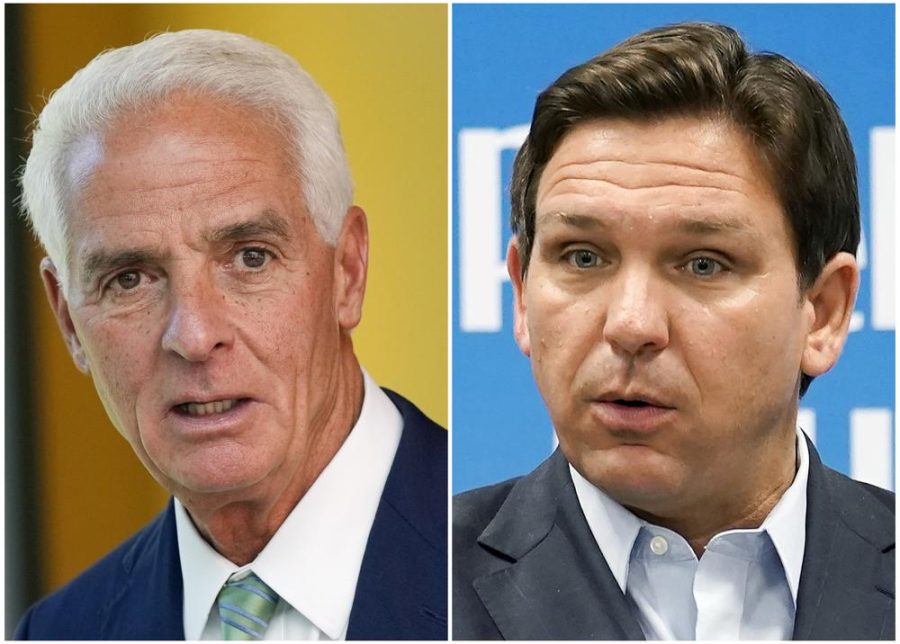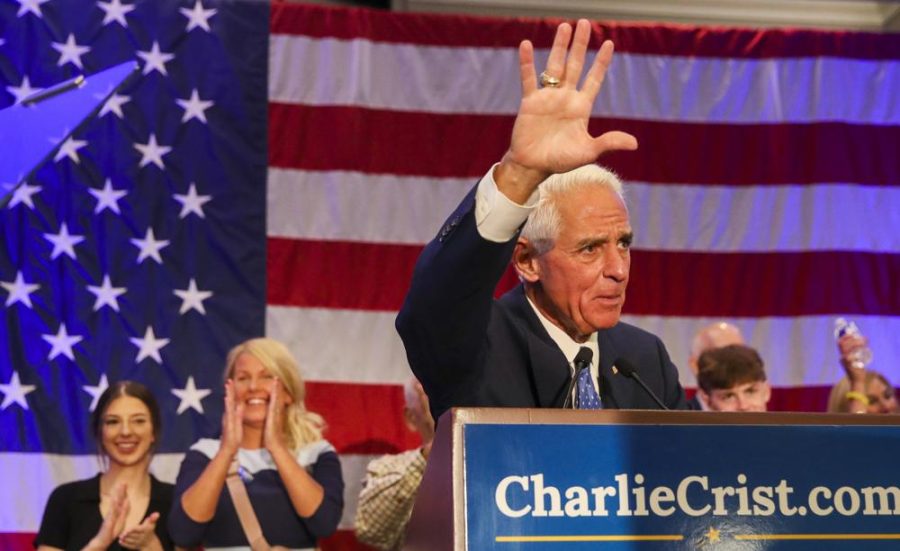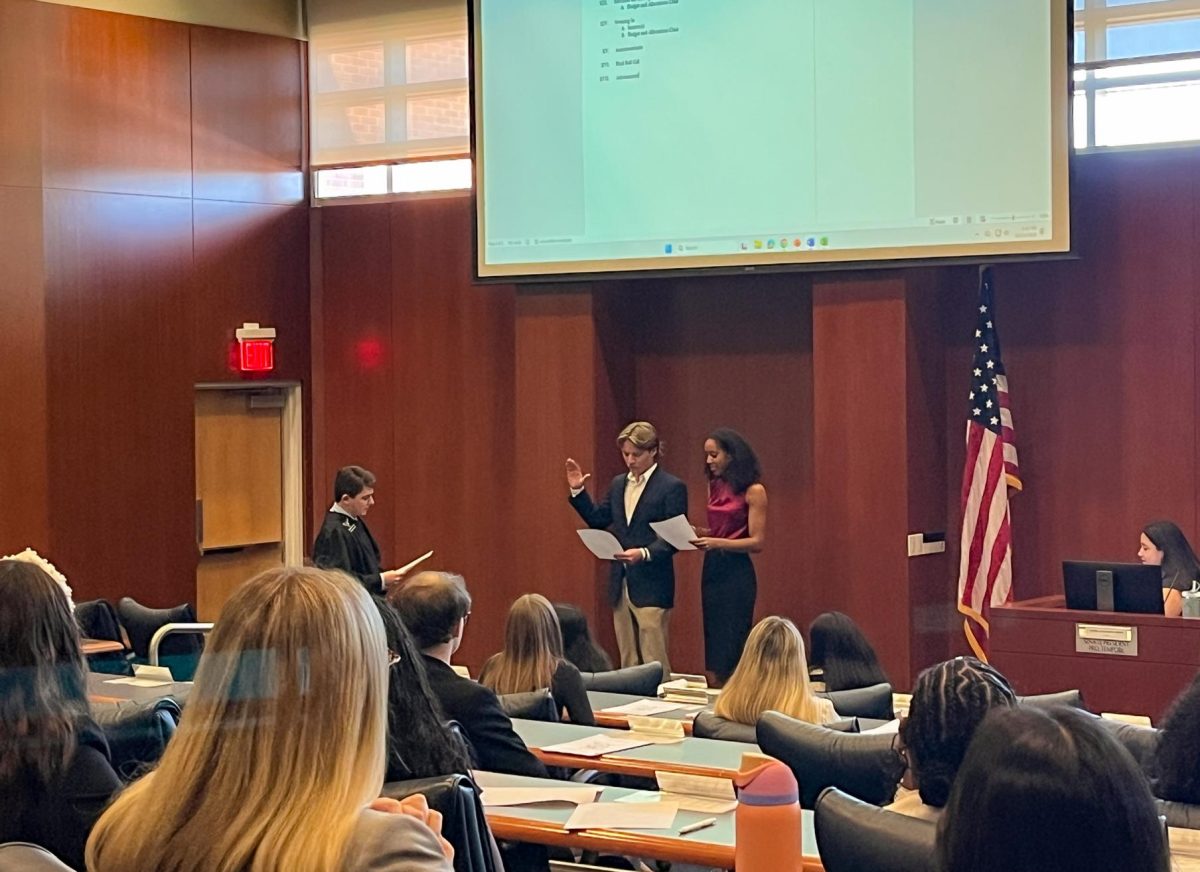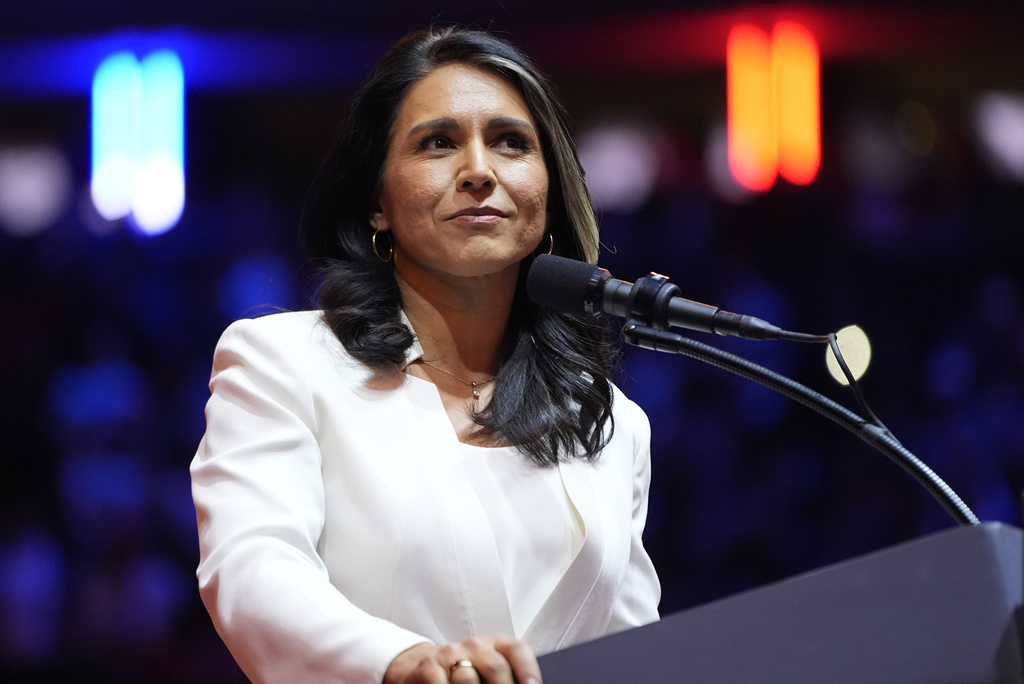There are a lot of factors to take into consideration when deciding who to vote for, but for college students, one that’s particularly important is the candidate’s stance on education. Is checking a certain box going to equate to higher or lower student loans? Though it may not be immediately apparent, any kind of change to higher education could affect our day to day lives, especially for students earlier on in their college years.
Here’s a breakdown of both Donald Trump and Hillary Clinton’s stance on education, the promises they’re making to students and what that means for your wallet.
Donald Trump
According to his website, Trump plans to work with Congress on reforms that would reduce the cost of college, and the amount of student debt, in exchange for federal tax breaks.
“A four-year degree today can be expensive enough to create six-figure debt. We can’t forgive these loans, but we should take steps to help students,” Trump stated.
The 2016 Republican Party Platform, in conjunction with Trump, wants a complete overhaul of the student loan system by removing federal involvement from the process. Instead of loaning money from the government, students would work with local banks.
The party also wants to place a sharper focus on less traditional forms of higher education.
“We need new systems of learning to compete with traditional four-year schools: Technical institutions, online universities, lifelong learning, and work-based learning in the private sector,” it stated.
Trump’s loan policy would also ask that universities look at more than just a student’s income, and take things like potential future earnings and the type of degree they are receiving into consideration.
Hillary Clinton
Clinton’s New College Compact aims to transform our education system to eliminate student debt entirely. The plan will cost around $350 billion over the next ten years, and is expected to be financed by limiting tax expenditures for high-income taxpayers.
For future students, this would cut interest rates. For those who already have student debt, the compact would allow them to refinance those loans at the current rate, and all students would be able to enroll in a payment plan that is income based — meaning that they wouldn’t have to pay more than 10 percent of their income towards their loans.
Her policy asks that individual states invest in higher education. She wants to make it so that all community colleges offer free tuition, and families with income of up to $125,000 pay no tuition at in-state universities by 2021.
Final points:
Both Hillary and Trump claim they want to eliminate student debt all together and alter federal involvement, but they offer very different policies as to how to make that happen. What they can agree on, is that the government should not be profiting on the choice to go to college and work toward a degree.
Both want to see college students graduating in four years, or less if students choose to go to community college or a trade/technical school.
Both want the universities to be more involved and take more responsibility in seeing students through to graduation. For Trump and the GOP, this seems to mean stricter guidelines for taking out loans and receiving aid, and creating alternative options for students who can not or do not want to attend a four year university. For Clinton, this means asking universities to be accountable and maintain realistic tuition costs.
—
For more information or news tips, or if you see an error in this story or have any compliments or concerns, contact editor@unfspinnaker.com.
















